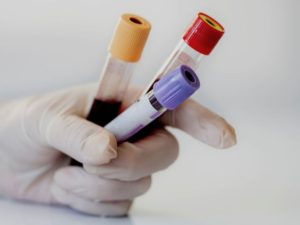Vasculitis is Inflammation
Vasculitis can affect any blood vessel or organ. As the inflammatory cells infiltrate and the thin cell walls, vascular permeability increases, and the cell walls can rupture. As the vessels narrow, partial or complete occlusion can occur, leading to intimal and intraluminal thrombus. Thrombus or clot formation can lead to organ ischemia or infarction. Vasculitis can lead to an aneurysm, and dangerous internal bleeding.
Patients with peripheral disease may present with necrotic skin ulcers. With cutaneous involvement, raised non-blanching hemorrhage occurs within the skin. Constitutional symptoms can include fever, night sweats, malaise, weight loss, arthralgia and myalgias.
Abnormal lab findings can indicate anemia, leukocytosis, thrombocytosis, and elevated erythrocyte sedimentation rate (ESR) and elevated C reactive protein (CRP), both significant markers of inflammation.
Most patients develop a localized form of vasculitis, as the more serious systemic response is less common. Lung manifestations can include hemorrhage of the pulmonary capillaries within the alveoli of the lungs and patients can present breathlessness with significant hemoptysis.








